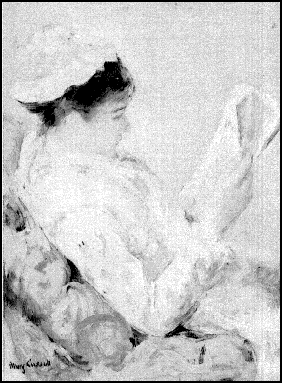Terror
Death
Pity
James Joyce
Death
Pity
James Joyce

--- Pity is the feeling which arrests the mind in the presence of whatsoever is grave and constant in human suffering and unites it with the human sufferer. Terror is the feeling which arrests the mind in the presence of whatsoever is grave and constant in human sufferings and unites it with the secret cause.
--- Repeat, said Lynch.
Stephen repeated the definitions slowly.
--- A girl got into a hansom a few days ago, he went on, in London. She was on her way to meet her mother whom she had not seen for many years. At the corner of a street the shaft of a lorry shivered the window of the hansom in the shape of a star. A long fine needle of the shivered glass pierced her heart. She died on the instant. The reporter called it a tragic death. It is not. It is remote from the terror and pity according to the terms of my definitions.
